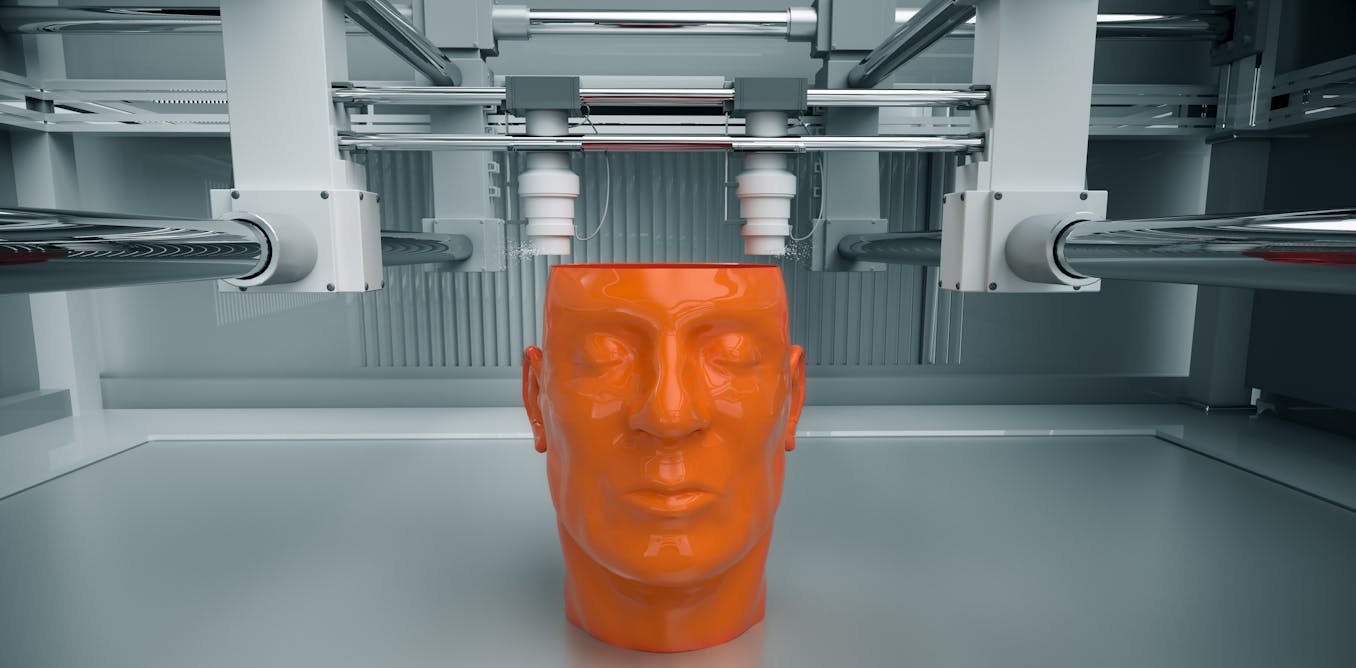Introduction
3D printing technology is one of the most exciting technological advances in recent history. It has the power to change our world, and if done properly, it can be used to do good things. But there are some ethical concerns regarding 3D printing technology that must be addressed before widespread adoption can occur.
Ethics in using 3D Printing technology
Ethics is about doing what is right. It’s about doing what is good for the most people and for society at large, but also doing it in a way that benefits each individual person as well. In order to be ethical, you must take into consideration what will benefit all stakeholders (or “inhabitants” if you prefer).
Ethics can be defined as “the principles of right conduct.” In other words, ethics lays out guidelines for how we should act towards others based on their needs and rights. It’s important because these rules help us decide whether an action or decision has been made properly—by considering all factors involved before making decisions or taking actions ourselves!
Ethics is the study of what is right or wrong. It’s important because it helps us understand our own morals and values, as well as those of others around us. Ethics can be defined as “the principles of right conduct.” In other words, ethics lays out guidelines for how we should act towards others based on their needs and rights.
Sustainability in 3D Printing technology
3D printing technology is a new technology that has high potential. However, it’s still in its infancy and there are many unanswered questions about sustainability. The industry has been growing rapidly over the last few years; however, many companies are still struggling with how to best manage their operations and ensure sustainability within their supply chains. In this post I will discuss some of these issues using examples from my own experience working on 3D printing projects with clients around the world:
The first issue is that many people are not aware of the environmental impact of 3D printing technology. This is due to the fact that different types of 3D printing materials have very different impacts on the environment. For example, PLA (polylactic acid) is made from corn starch and has a much lower carbon footprint than ABS (acrylonitrile butadiene styrene), which is made from petroleum products.
The Importance of Ethics and Sustainability in 3D Printing
3D printing technology has the potential to be very useful. It can be used to create many different things, but it can also be used to create weapons and tools for war. The ethics and sustainability of 3D printing technology must be considered by those who use this technology. If you want your 3D printers to be ethical and sustainable, then you need to ensure that they follow certain guidelines when operating them.

Ethics and sustainability are important to 3D printing
3D printing technology is incredible, it has the potential to change the world, but it’s not just about making cool stuff. It’s also important for our health, environment and business expansion. 3D printer ethics are a major concern because 3D printing technology can be used for many things, including weapons of war and mass production of drugs that could harm people or animals. The way we use these machines will ultimately determine whether or not they become tools for good or bad in society.
3D printing is only as good as its code.
It’s all about the code, and that code has to be able to update itself. You can’t just print plastic or metal—you need to be able to print anything else as well, like paper or rubber. If a printer can’t do this, it needs an easy way for users to download new software updates that add capabilities or fix bugs in the system.
Code must be able to update itself, and create a system that can adapt.
The code is the foundation of 3D printing. It dictates how your machine works, what materials it uses and how it prints them. The code for your printer should be open-source so you can check out its inner workings in order to make sure it’s working as intended; if there are any bugs or flaws in the software, then someone else might find them (and fix them) before you do!
The best way to protect yourself from this sort of thing is by using an open source platform like RepRap Darwin or Makerbot Cupcake (which both use Arduino boards). These platforms are designed specifically around making sure that users don’t have access to only one person: they’re available everywhere—you just need an internet connection!
If a printer can’t print anything other than plastic or metal, it can’t do much.
The capabilities of 3D printers have expanded in recent years, and they’re now able to print almost any material on the planet. The most common materials for 3D printing are plastics and metals, but you can also print with glass, wood and even food.
And these materials aren’t limited to just one form—they come in a wide variety of shapes and sizes that can be used for everything from human-scale objects like jewellery or small toys to large scale structures like houses or cars. It’s important that we take time to consider ethics when designing new products: if a printer can’t print anything other than plastic or metal (or other non-biodegradable materials), it would be limiting its potential market value significantly by limiting what people could use it for!
3D printing technology has the power to change our world.
3D printing technology is a new technological advance that has the power to change our world. It is a tool that can be used for good or bad purposes, and it’s important to recognize this when thinking about how we should use these technologies.
3D printing technology can be used for good and bad purposes because it allows people to create things themselves without having to go through an outside source like a company or factory. This means less waste, which improves our environment because less materials need to be produced in order for us all to live comfortably together on Earth as one community (1).
The ability of 3D printers allows individuals’ creativity levels within society increase exponentially while still maintaining high quality standards so they don’t have any reason not buy from them instead buying something else cheaper but possibly more harmful such as plastic bags used at grocery stores where they may not always look inside first before putting them into their cart just because someone else told them “they’re safe”…
Conclusion
3D printing technology is a technological advance that has the power to change our world. However, as with any new technology, there are ethical questions surrounding its use and misuse. In this article we will discuss some of these issues and what they mean for 3D printers today.




